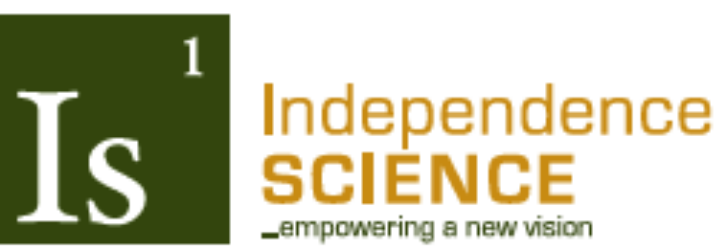Contributed by Robert Jaquiss
Editor of Independence Science Newsletter
[email protected]
Many persons who are blind or visually impaired do not know how to read and/or write braille. It is felt that large print or audio formatted books are sufficient to completing traditional schoolwork. However, the argument can be made that for persons who are blind or visually impaired who wish to pursue career paths in science, technology, engineering, or mathematics, the importance of braille needs to be emphasized.
If a person possesses low vision that can be supplemented with hand magnifiers or CCTV technologies that will enable them to read at a comparable reading rate as a non-visually impaired person, these solutions may be acceptable.
However, if magnifiers or other computer software magnification applications cannot permit a person with a visual impairment to read at a competitive reading speed as to their non-visually impaired counterparts, alternatives should be seriously considered.
Although there have been some visually impaired persons who have successfully achieved employment in a STEM profession using primarily audio formatted textbooks, this occurrence is rare. The overwhelming majority of successfully employed blind STEM professionals use braille daily. Further, the Nemeth code for Mathematics and Science Notation 1972 revision is used by most of these individuals in the United States. Use of the Unified English Braille (UEB) Math system for successfully employed blind STEM professionals has not yet been documented in literature. This may be due to its newness. The UEB did not become the official braille code in the United States until 2016. and its requirement to use more braille cells to communicate the same information as the Nemeth code. This increased complexity may negatively impact a person’s ability to pursue STEM careers because of the increased level of difficulty to learn the UEB braille math code and thus making it more difficult to learn higher level math concepts.
For blind professionals who use braille, this valuable skill greatly enhances their ability when lecturing to sighted students. Having hard copy braille notes while lecturing with a Power Point presentation and/or hand writing information on a white board or chalk board is possible. Further, electronic note takers with refreshable braille technologies may also be used in lecture settings. When blind scientists work as part of research teams, hard copy braille notes discussing key findings or calculations may be very helpful in technical discussions. Further, when presenting research at professional conferences, having hard copy braille notes can help the blind presenter to maintain eye contact with his/her peers while referring to technical information being discussed.
Braille is a powerful tool for anyone with a visual impairment. Whether you wish to track a list of phone numbers, put braille labels on kitchen food items, labeling chemical vials in the laboratory or giving lectures as part of a faculty position at a higher educational institution. Braille is a powerful tool that opens doors of opportunity for persons with visual impairments in the STEM professions.
